How Ex-Poachers turned protectors of Manas National Park?
In a world, ballooning with negative and disturbing news, a faint hope of transformation and humanity still exist. It is through persistence, awareness and collective efforts of humans to work in the right direction. The extraordinary conservation stories from Manas National Park is the greatest inkling to how progressive education can change the dynamics of a society – contributing to unprecedented welfare of people and the ecosystem.
Also read more about Bodoland and its People
PIN THE POST TO READ LATER
Table of Contents
Manas National Park – An UNESCO World Heritage Site
The wildlife sanctuary was awarded the prestigious title of World UNESCO Heritage Site on 12th October 1985. It became a Biosphere Reserve in 1989. It is located on the foothills of Eastern Himalayas with the Manas River – a tributary of Brahmaputra River flowing through it. A famous Tiger and Elephant Reserve, the dense forests of the wildlife sanctuary is home to many endangered species. The most prominent are one-horned rhinoceros, hispid hare, pygmy hog, Assam Roofed turtle, tigers, elephants etc. The forest eco-system of Manas National Park is majorly a mix of deciduous and semi-evergreen forests. The Manas National Park is in Assam, India and shares the international border with Bhutan forming Royal Manas National Park.
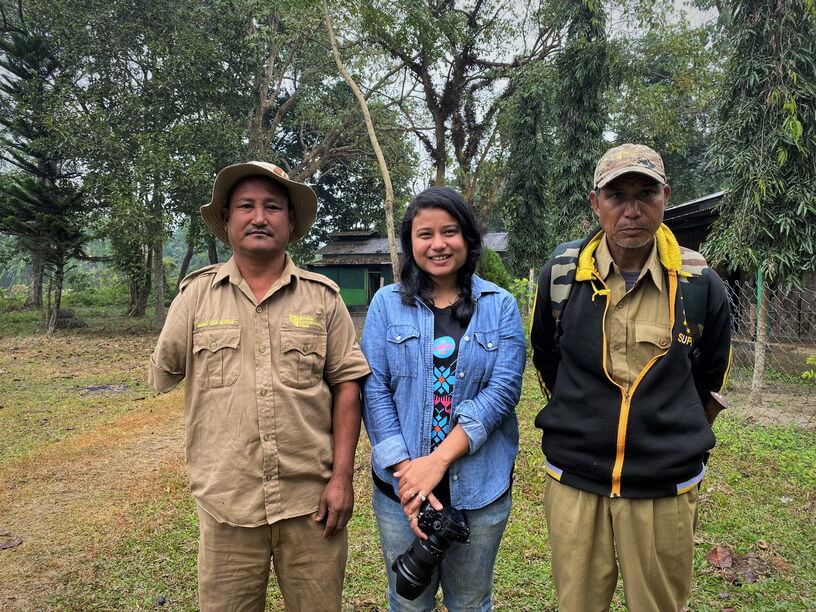
Dark era of poaching and abuse of forest resource
The gory history of poaching, hunting and relentless abuse of forest resource by natives of the fringe villages around the national Park was enough to upheaval the ecosystem in late 90s. During the Bodo civil unrest, from 1995 to 2003 – the wildlife and ecosystem was left vulnerable with most population of Rhinos, tigers and other animals wiped out. The money fetched through the black market coerced the poachers giving rise to smuggling of rhinoceros horn, elephant task and tiger skin. The poachers had handguns obtained from outside sources that made poaching easy.
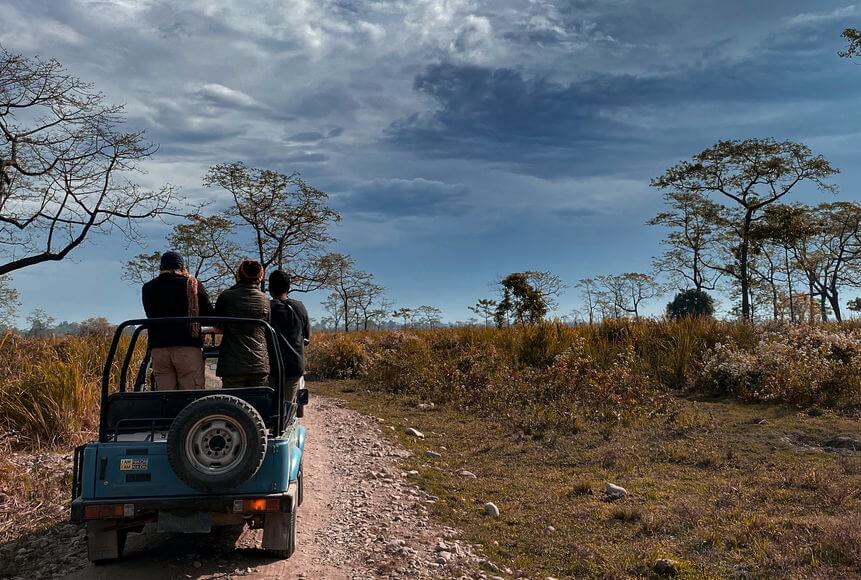
The forest resources were abused to an extent that by 2003, only remnants of scratches on tree remained of the tiger population. All the rhinoceros and tigers were poached severely disturbing the forest biodiversity. The smaller animals like wild boar, deer etc. were killed for meat. The national park saw its darkest days and placed UNESCO World Heritage Site title in grave danger. The poachers along with huge criminal organizations collectively smuggled animal products in the black market. Illegal trading was one of the prominent reasons that encouraged poaching and heavy destruction.
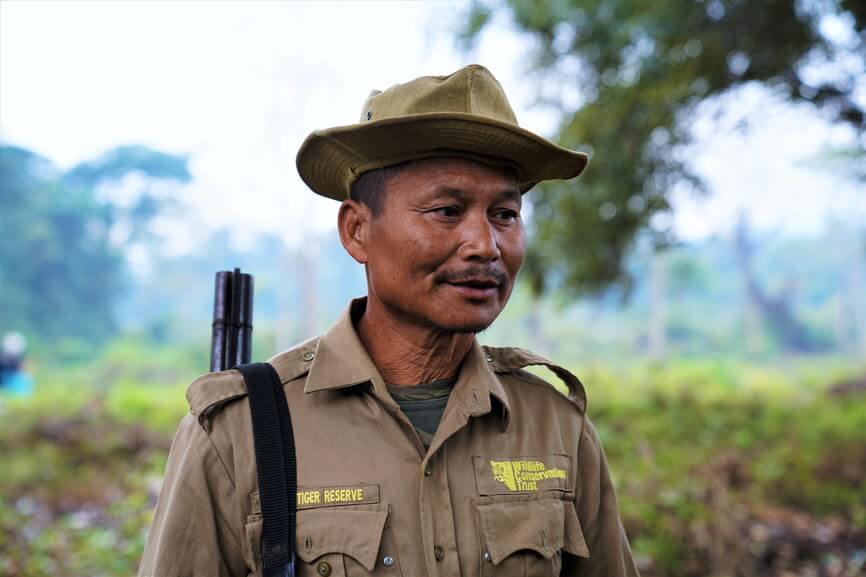
What led the poachers to mass destruction?
The hard-core poachers were villagers from the adjoining fringe villages of Manas National Park. Unemployment and poverty were the topmost reasons for the poachers to wear off signs of humanity and delve into dark world of animal poaching. During my conversation with one of the ex-poachers, he pointed that lack of money and pressure to provide for the family led them into poaching. Hunting became a means for survival for consumption of meat and selling off the remaining in the market.
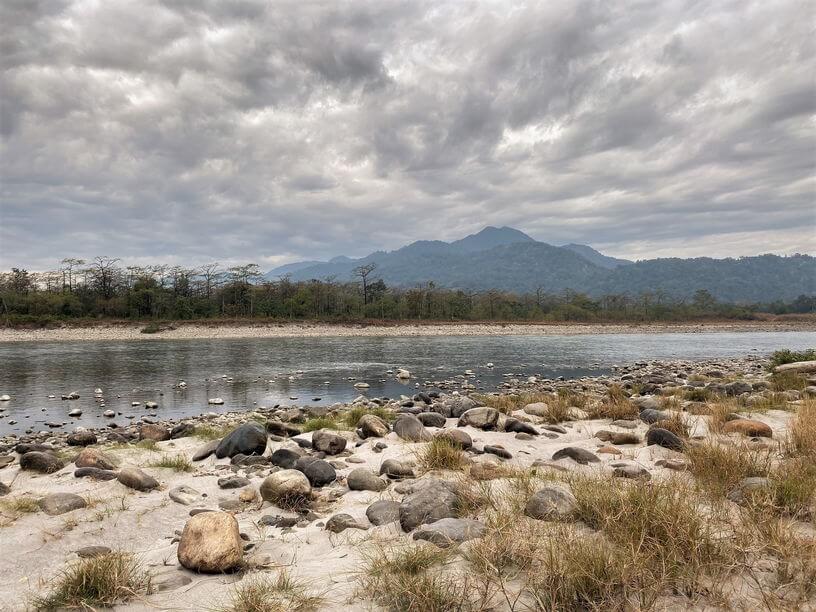
They were aware of the risk, but it was out of sheer urgency. After speaking to the poachers, it was clearly understood that lack of awareness and necessity pushed them into becoming dark carriers of evil. They were a mere instrument for acquiring animal products due to their deep knowledge of the forest and whereabouts of the animals. Speaking to Budeshwar Bodo, one of the hard-core ex-poachers, a group of 5 to 6 poachers would prowl at night and kill a rhino. The rhino horn would be sliced off for which they would get a collective amount of Rs 20000 – 25000. However, in the black market, each of the horn would be sold for 3 to 4 lakhs.
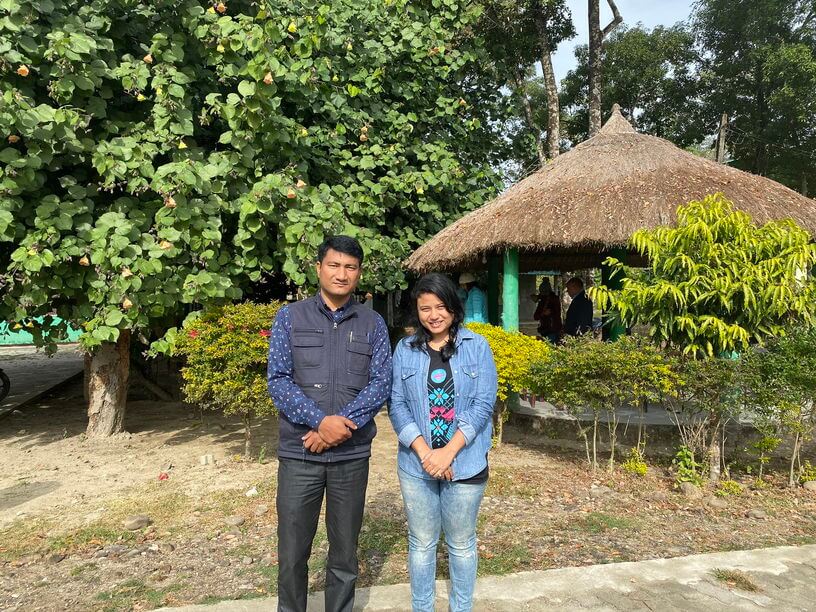
Manas Maozidendri Eco-tourism Society – An Effort towards Conservation
Conservation is not a one-day process and requires sheer grit, determination and ability to mold the minds of people in right direction. The initiatives by Manas Maozigendri Eco-tourism Society (MMES) fueled the minds of local people and together started community-based conservation. Due to rampant damage to ecosystem and incessant poaching, Manas National Park was declared to be in danger by UNESCO and was on the brink of losing the revered title.
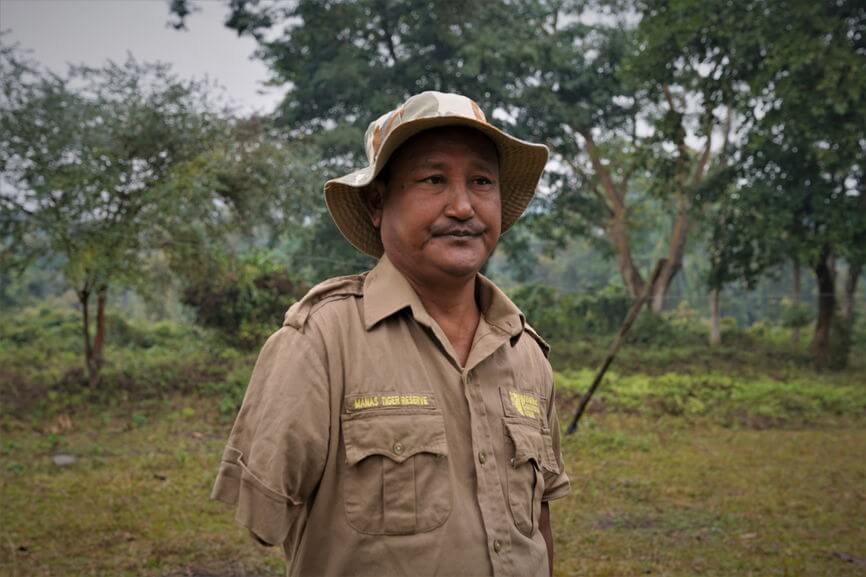
The MMES was established on 13th December 2003 – aimed at community-based preservation and conservation with end goal to put an end to poaching and flourish the biodiversity. The formation of the NGO was a milestone in transitioning the mindset of the people. The conservation efforts started when the rampant destruction of Manas National Park and unchecked poaching was noticed by some local Bodo youths. The local college youths from Chapaguri Koklabari Anchalik Committee of All Bodo Students Union along with their local leader seeded the conservation idea and started the NGO. After the Bodo accord in February 2003, later on 13th December 2003, MMES was formed.
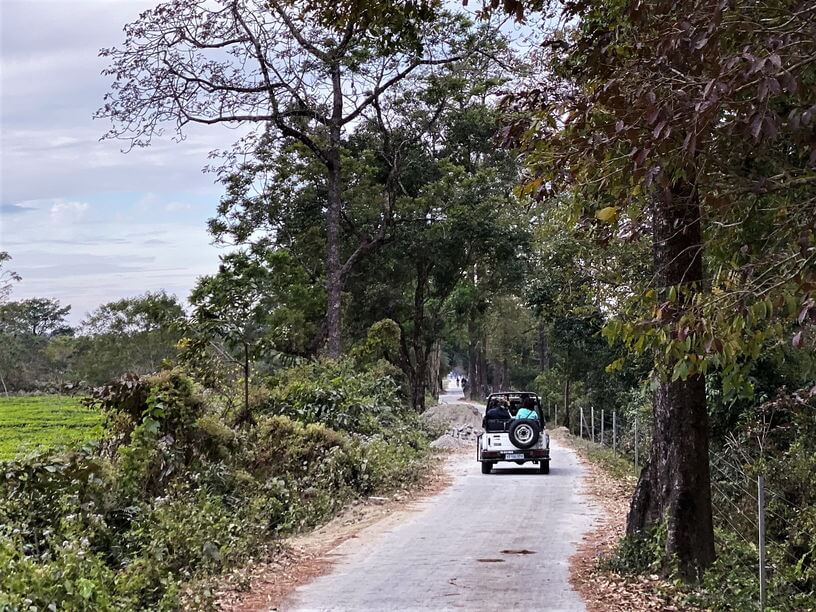
During my visit, I had the chance to interact with Mr. Kalen Basumatary – president of MMES, who gave insights about how the NGO dedicatedly works for the conservation. He briefed about how all the hard-core poachers have turned into conservationist. Not only the NGO aims at conservation and guards the forest against poachers but works closely to promote eco-tourism. The major challenge was to convince the poachers to turn guards and conserve the forest, but it was gradually met through stable renumeration every month.
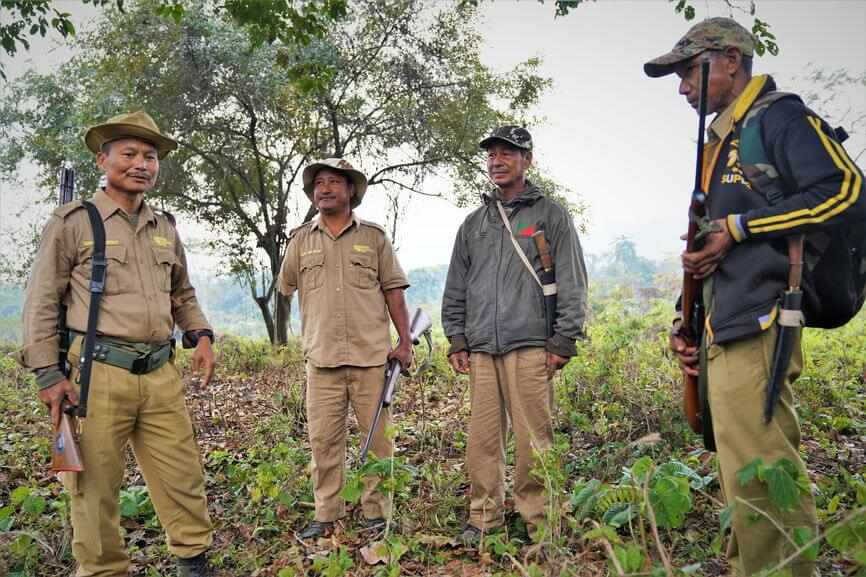
Transformation of Hard-Core Poachers into Conservationist – Real Stories
The process of transforming a thought from negative to positive through rationale awareness is a difficult thing. However, the efforts of MMES and local leaders, made it possible by converting the hard-core poachers into forest guards and conservationist. Meeting some ex-poachers and knowing their journey was intense.
It was a tough job identifying and summoning 15 hard-core poachers in the beginning. Meeting after meeting, the news spread like wildfire and eventually, 68 poachers and smugglers were called to surrender their weapons. The poachers rebelled first but gradually understood the emergency to save the environment and protect forest resource.
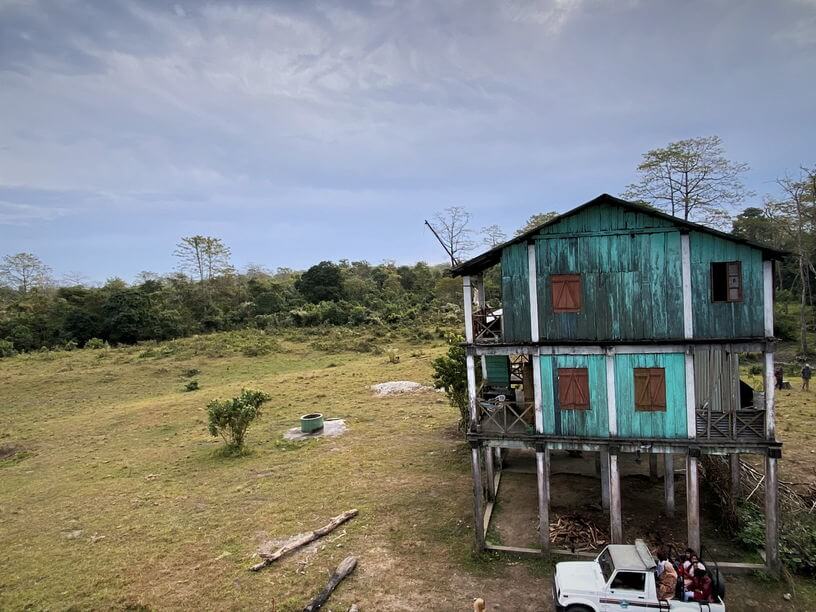
By 2007, all poachers surrendered and turned into protectors. To help them with livelihood, the NGO started paying a renumeration and provided monetary benefits. Currently, there are 48 guards and conservationist from fringe village working at monthly renumeration of Rs 6000/-. Also, the NGO helps with the education of their kids, marriage and provides medical aid.
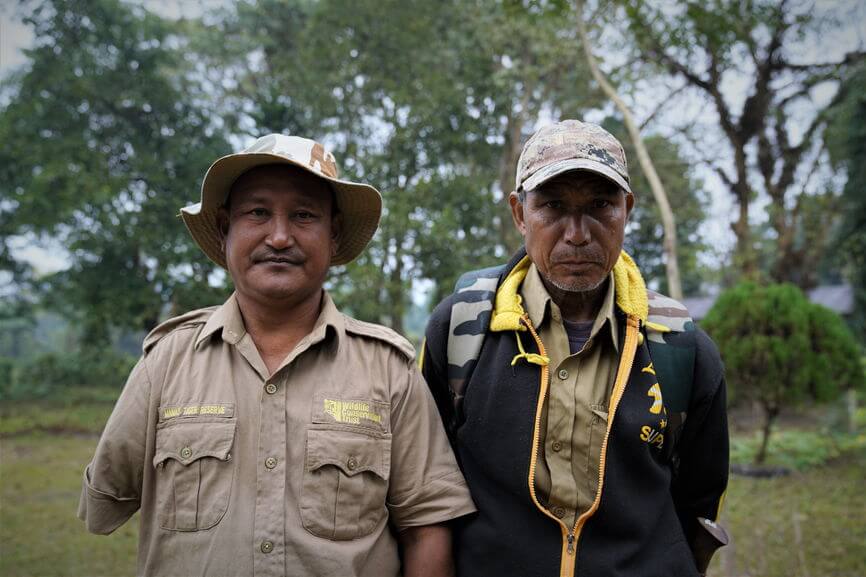
I had a brief conversation with Mr. Budeshwar Bodo, an ex-hardcore poacher who lost one of his hand to a wild boar attack. He is living his heydays presently working as a conservationist and is proud to have transformed from a poacher to forest guard. He is happy to be earning his livelihood dedicating his service for a noble cause. A renumeration of Rs 6000/- is a not sufficinet but the change in him gives him satisfaction. Apart from Mr. Budeshwar Bodo, we met three other ex-poachers – Mr. Jaisharan Bodo, Mr. Nageshwar Basumatary and Mr. Keshav Bodo, each with a history of merciless poaching. But, today, they stand tall protecting the forest and saving the animals from poaching.
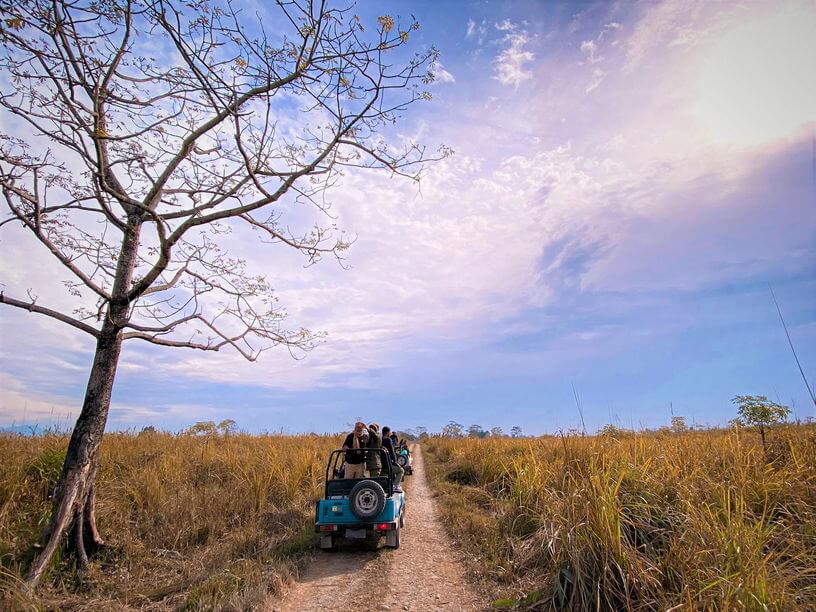
Change of Dynamics – A hope for Better Tomorrow
After meeting Mr. Kalen Basumatary and speaking to all the ex-poachers, we learnt that the biodiversity of Manas National Park has significantly improved. Through the conservation programs, the almost fading population of rhinoceros, tigers, elephants and many other endangered species have revived to a larger extent. Currently, there are over 30 tigers, 12 clouded leopards, 502 white buffalo, 1000+ elephants, 41 rhinoceros and many endangered species in the national park. The very rare white billed heron was witnessed after 32 years.
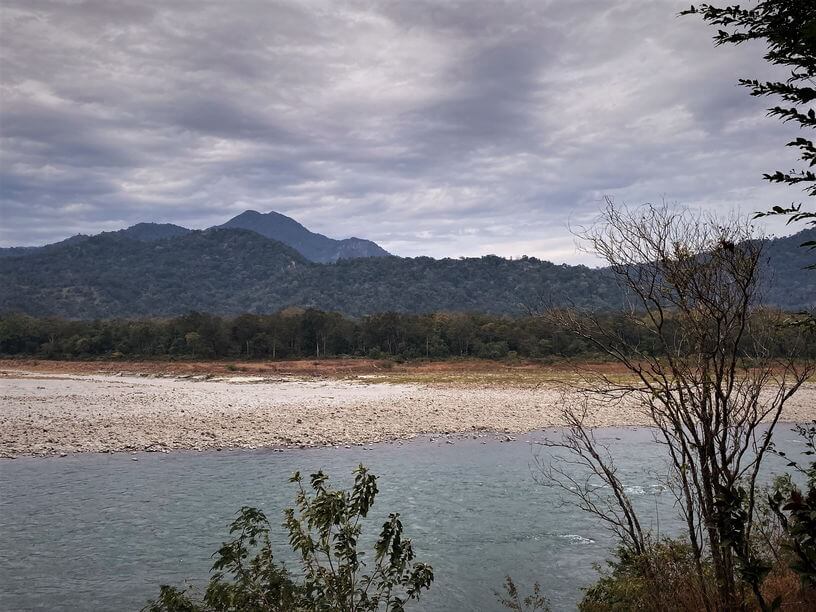
It is changing the dynamics progressively as through conservation and community driven efforts along with help by NGOs like MMES, the flora and fauna is booming. There has been increase in the population of deer ever since relentless hunting has been put to rest. The forests have revived drastically, and this also helped to restore the UNESCO World Heritage Site title in 2011. With better employment and livelihood, it is possible to protect the natural resources and spread sustainable eco-tourism.
PIN THE POST IF THE REAL STORIES OF EX-POACHERS INSPIRED YOU
Final Words
The visit to MMES and meeting the real stories of the ex-poachers continue to instill a hope for tomorrow. The strong determination of the youths to conserve their forests led to invincible change turning the hard-core poachers into protectors. Today, Manas National Park is a 3-tier UNESCO World Heritage Site and this would not be possible without the community coming together to work on conservation of biodiversity together.
Disclaimer – My trip to Manas National Park and MMES was a part of media trip sponsored by Bodoland Tourism and Assam Tourism as “Ambassadors of Bodoland“. However, all views are completely mine.
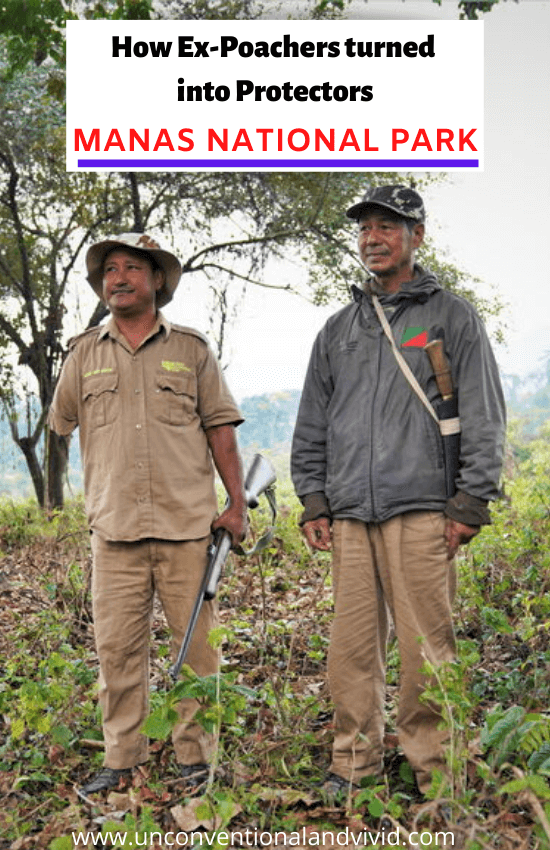

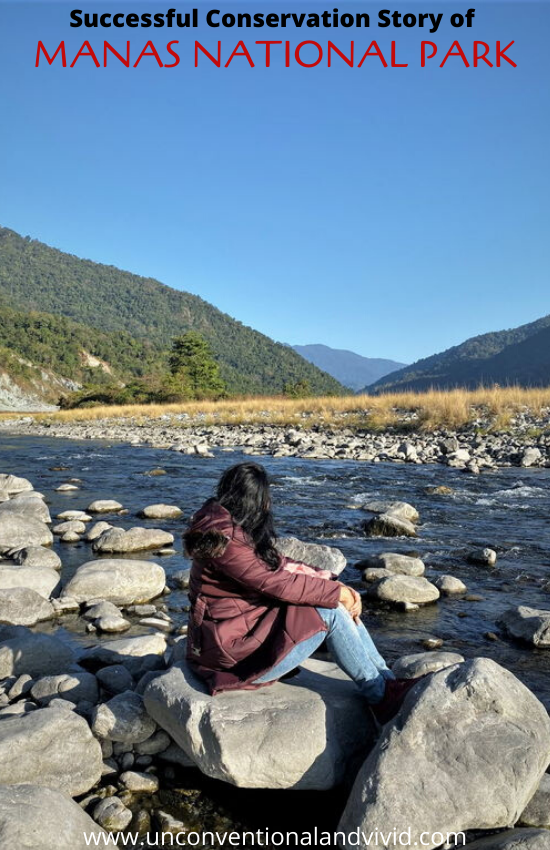
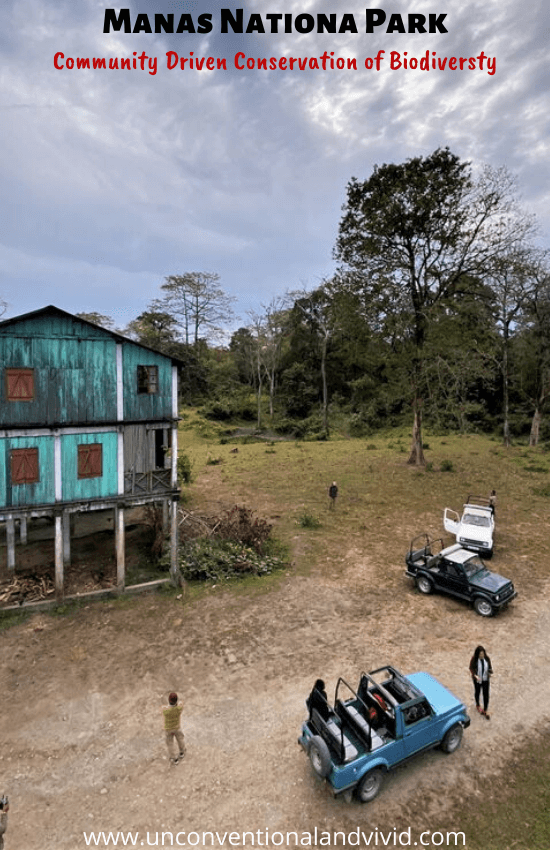

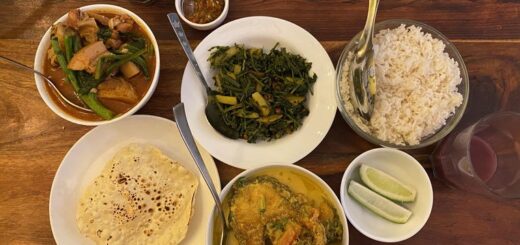
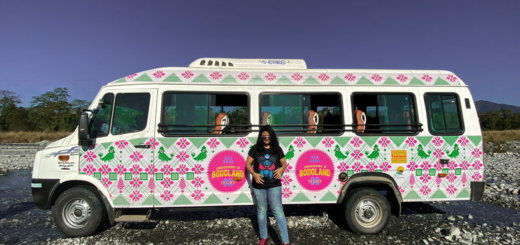
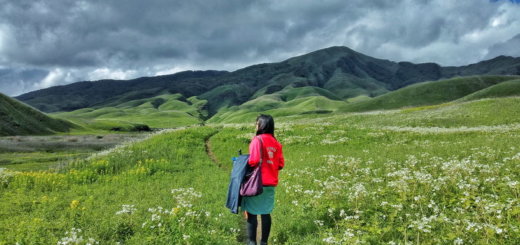

1 Response
[…] Also, read about Manas National Park […]